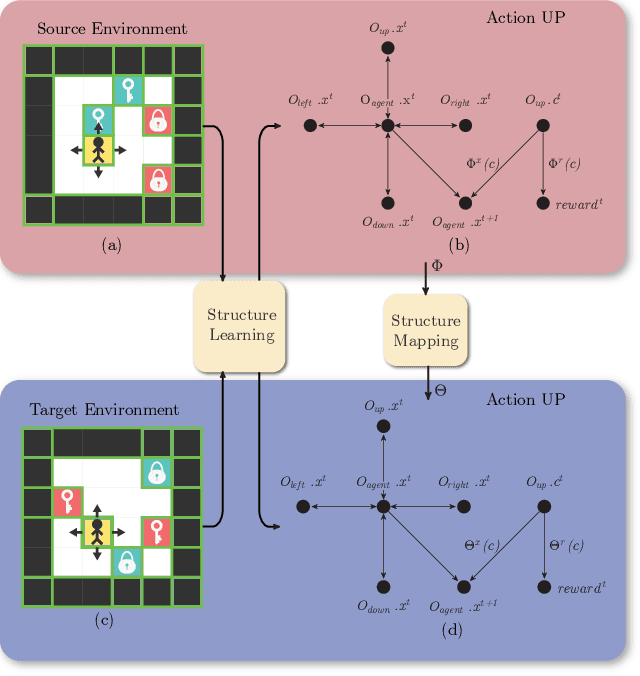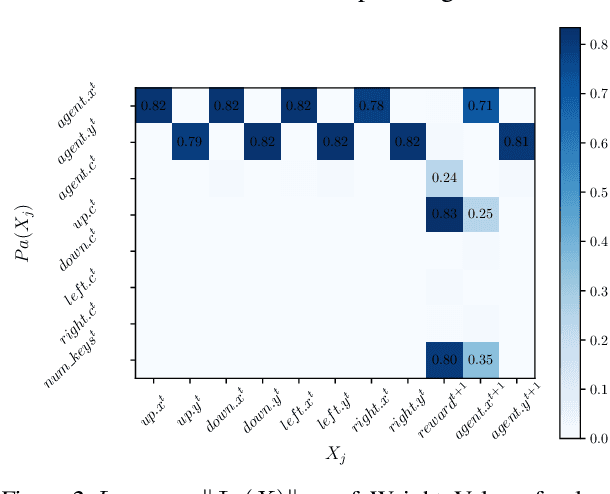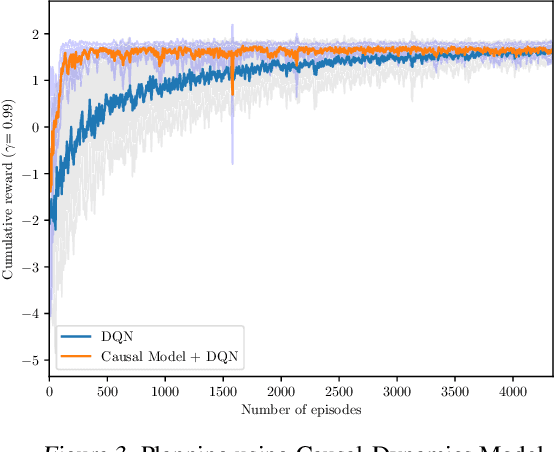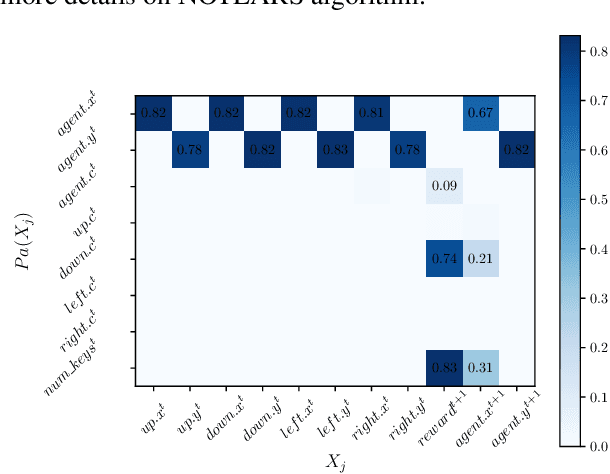Purva Pruthi
Compositional Models for Estimating Causal Effects
Jun 25, 2024Abstract:Many real-world systems can be represented as sets of interacting components. Examples of such systems include computational systems such as query processors, natural systems such as cells, and social systems such as families. Many approaches have been proposed in traditional (associational) machine learning to model such structured systems, including statistical relational models and graph neural networks. Despite this prior work, existing approaches to estimating causal effects typically treat such systems as single units, represent them with a fixed set of variables and assume a homogeneous data-generating process. We study a compositional approach for estimating individual treatment effects (ITE) in structured systems, where each unit is represented by the composition of multiple heterogeneous components. This approach uses a modular architecture to model potential outcomes at each component and aggregates component-level potential outcomes to obtain the unit-level potential outcomes. We discover novel benefits of the compositional approach in causal inference - systematic generalization to estimate counterfactual outcomes of unseen combinations of components and improved overlap guarantees between treatment and control groups compared to the classical methods for causal effect estimation. We also introduce a set of novel environments for empirically evaluating the compositional approach and demonstrate the effectiveness of our approach using both simulated and real-world data.
Structure Mapping for Transferability of Causal Models
Jul 18, 2020



Abstract:Human beings learn causal models and constantly use them to transfer knowledge between similar environments. We use this intuition to design a transfer-learning framework using object-oriented representations to learn the causal relationships between objects. A learned causal dynamics model can be used to transfer between variants of an environment with exchangeable perceptual features among objects but with the same underlying causal dynamics. We adapt continuous optimization for structure learning techniques to explicitly learn the cause and effects of the actions in an interactive environment and transfer to the target domain by categorization of the objects based on causal knowledge. We demonstrate the advantages of our approach in a gridworld setting by combining causal model-based approach with model-free approach in reinforcement learning.
 Add to Chrome
Add to Chrome Add to Firefox
Add to Firefox Add to Edge
Add to Edge